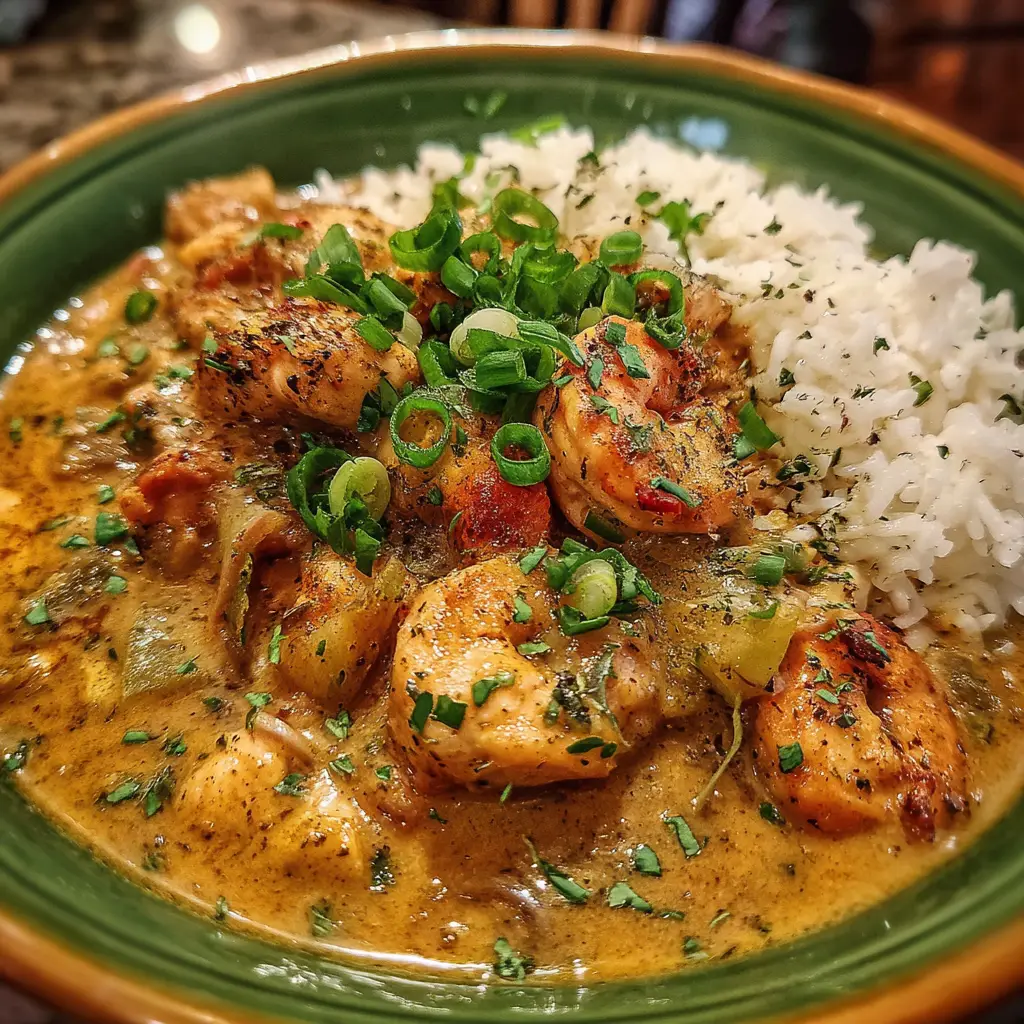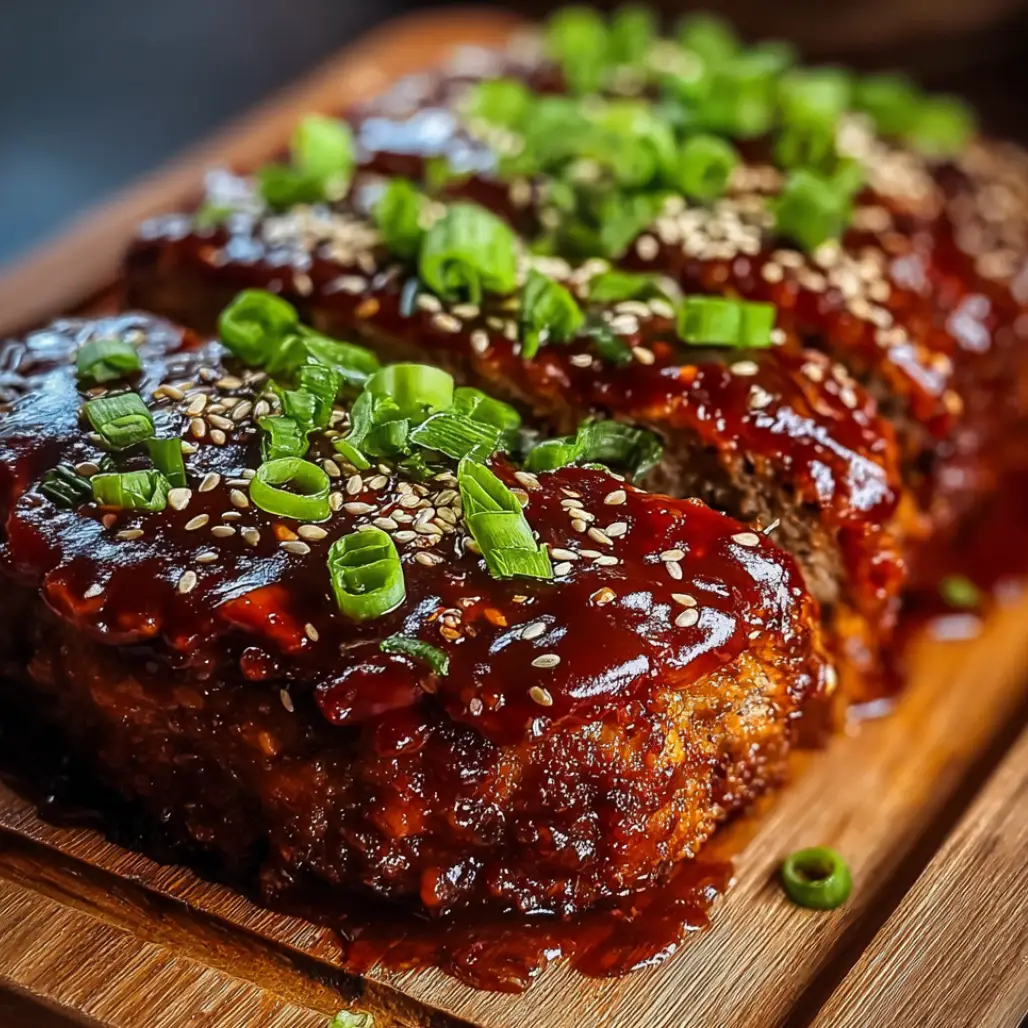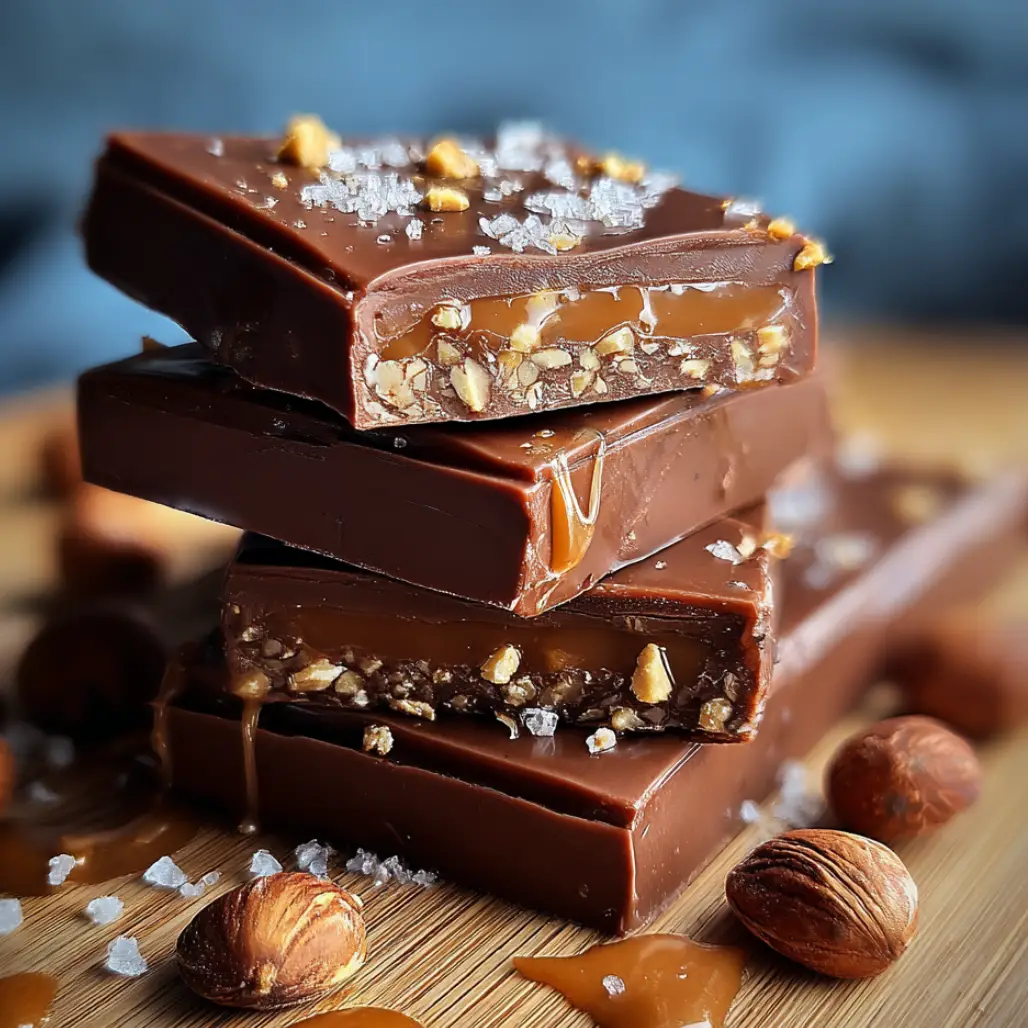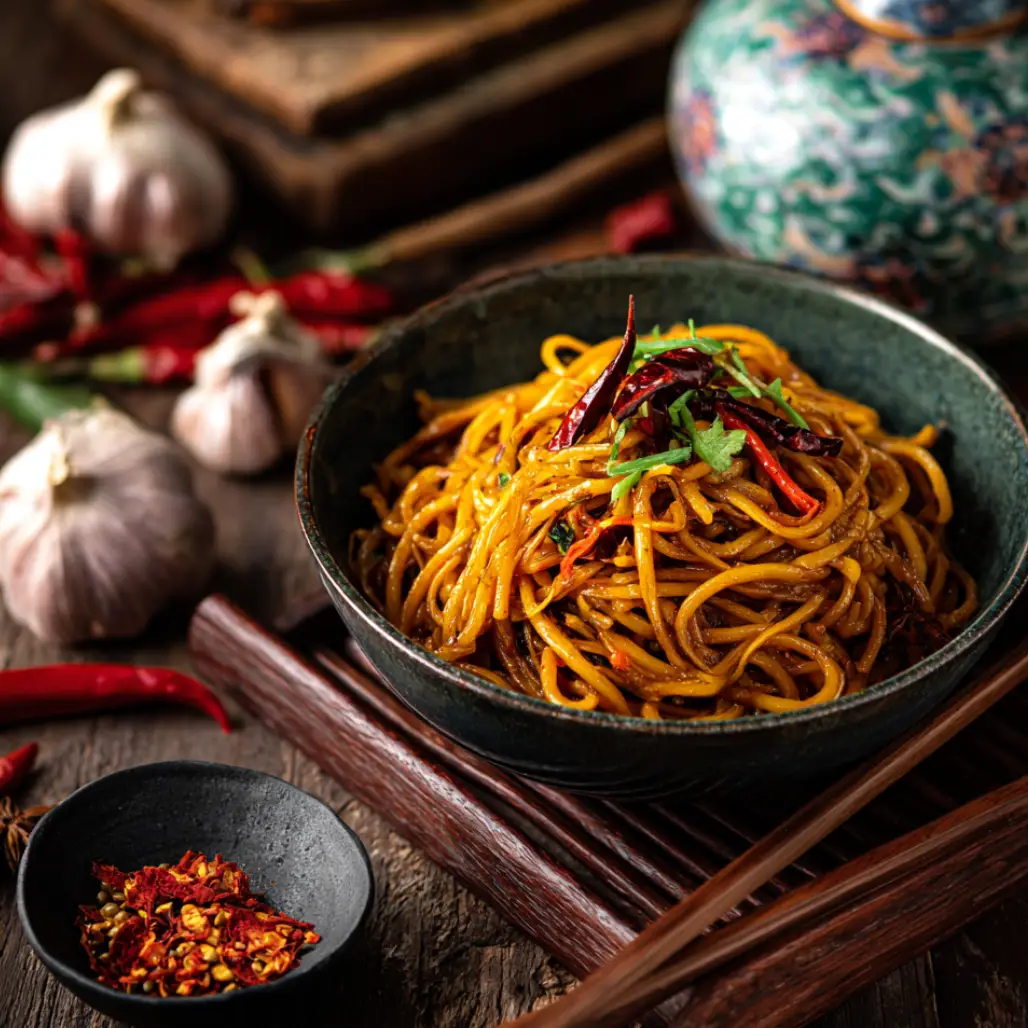| Prep Time: 25 minutes | Cook Time: 50 minutes | Total Time: 1 hour 15 minutes | Serves: 8
Discovering the magic of authentic chicken etouffee opens a gateway to Louisiana’s most treasured culinary traditions, where every bite transports you to the bustling kitchens of New Orleans and the cozy family gatherings where this beloved dish has been perfected across generations. This remarkable recipe captures the essence of Creole cooking through its careful balance of rich flavors, tender textures, and aromatic spices that create an unforgettable dining experience rooted in centuries of cultural heritage and culinary expertise.
Why This Recipe Delivers Excellence
Creating exceptional chicken etouffee requires understanding the fundamental principles that separate good food from extraordinary cuisine, because mastering these techniques ensures consistent results that honor the authentic traditions of Louisiana cooking. This recipe succeeds through its methodical approach to building complex flavors, starting with properly seasoned chicken that provides the protein foundation and progressing through carefully controlled roux development that creates the signature sauce consistency.
The success lies in respecting the timing and temperature requirements that allow each ingredient to contribute its unique characteristics to the final dish, because rushing any step compromises the depth of flavor that defines quality chicken etouffee. Understanding why each technique matters empowers home cooks to recreate restaurant-quality results while adapting the recipe to personal preferences and available ingredients.
Premium Ingredients for Authentic Flavor
Chicken Components:
- 3 pounds chicken thighs, boneless and skinless, cubed
- 2 1/2 tablespoons Cajun seasoning blend
- 1 1/2 teaspoons kosher salt
- 3/4 teaspoon freshly ground black pepper
Roux Foundation:
- 3/4 cup all-purpose flour
- 6 tablespoons unsalted butter
- 3 tablespoons olive oil
Vegetable Trinity:
- 2 medium yellow onions, finely chopped
- 1 1/2 large green bell peppers, diced
- 4 celery stalks with leaves, chopped
- 6 garlic cloves, minced
Sauce Elements:
- 4 cups low-sodium chicken broth, heated
- 1 can (14.5 oz) crushed tomatoes
- 3 bay leaves
- 1 1/2 teaspoons dried thyme
- 2 tablespoons Worcestershire sauce
- 1 1/2 teaspoons Louisiana-style hot sauce
- 3/4 cup fresh green onions, sliced
- 1/3 cup fresh parsley, minced
The Art of Mastering Etouffee Techniques
Understanding chicken etouffee begins with appreciating the cooking method that gives this dish its name, because “etouffee” literally means “smothered” in French, describing the technique of slowly braising ingredients in a rich, flavorful sauce until they become incredibly tender. This cooking style developed in Louisiana kitchens where resourceful cooks transformed simple ingredients into extraordinary meals through patience, skill, and deep understanding of how flavors develop over time.
The foundation of exceptional chicken etouffee rests on three pillars: properly prepared roux, expertly seasoned chicken, and perfectly cooked vegetables that maintain their individual characteristics while blending harmoniously. Each element requires specific attention because shortcuts in any area result in a final dish that lacks the depth and complexity that defines authentic Louisiana cuisine.
Timing plays a crucial role because each cooking phase builds upon the previous one, creating layers of flavor that cannot be achieved through simultaneous cooking or rushed preparation. The gradual development of these flavors mirrors the historical evolution of Creole cuisine itself, where influences from French, Spanish, African, and Native American traditions merged slowly over generations to create something entirely unique.
Detailed Step-by-Step Process
Chicken Preparation and Browning
Begin by cutting the chicken thighs into uniform pieces approximately 1-inch in size because consistent sizing ensures even cooking and prevents some pieces from becoming overcooked while others remain underdone. Season the chicken pieces thoroughly with Cajun seasoning, kosher salt, and black pepper, tossing to ensure complete coverage because proper seasoning at this stage creates the flavor foundation that permeates the entire dish.
Heat the olive oil in a large, heavy-bottomed Dutch oven over medium-high heat until it shimmers, indicating the proper temperature for browning without burning. Add the seasoned chicken pieces in batches, avoiding overcrowding because too many pieces lower the pan temperature and cause steaming rather than the desired caramelization.
Cook each batch for 4-5 minutes per side until golden brown, developing a beautiful crust that adds visual appeal and concentrated flavors to the finished chicken etouffee. Remove the browned chicken to a plate, leaving the rendered fat and browned bits in the pan because these contribute essential flavors to the roux and overall dish.
Professional Tip: Resist the urge to move the chicken pieces too frequently because proper browning requires uninterrupted contact with the hot surface to develop the Maillard reaction that creates complex flavors.
Key Points: The chicken will appear slightly undercooked at this stage, which is intentional because it will finish cooking in the sauce, ensuring tender, juicy meat that does not become dry or tough.
Crafting the Perfect Roux
Reduce the heat to medium and add the butter to the same Dutch oven, allowing it to melt completely while scraping up any browned bits from the chicken because these concentrated flavors enhance the roux’s complexity. Gradually whisk in the flour, stirring constantly to prevent lumps from forming because smooth roux creates the silky texture that characterizes quality chicken etouffee.
Continue cooking the roux, stirring constantly with a wooden spoon or heat-resistant whisk, for 12-18 minutes until it reaches a rich peanut butter color and develops a nutty aroma. This process requires patience and constant attention because the roux can burn quickly once it begins to darken, ruining the entire batch and necessitating a fresh start.
Monitor the color progression carefully, understanding that the roux will continue cooking briefly even after removing from heat, so stop stirring when it reaches a deep golden brown that resembles natural peanut butter. The finished roux should smell toasted and nutty rather than bitter or burnt, indicating proper development of flavors.
Professional Tip: If you notice any black specks or smell burning, discard the roux immediately and start over because burnt roux cannot be salvaged and will impart bitter flavors throughout the dish.
Key Points: A properly prepared roux serves as both a thickening agent and flavor enhancer, contributing the rich, nutty taste that distinguishes authentic chicken etouffee from inferior imitations.
Building the Aromatic Foundation
Immediately add the chopped onions, bell peppers, and celery to the hot roux, stirring quickly to coat the vegetables and prevent the roux from continuing to brown because vegetables release moisture that stops the browning process. Cook for 6-8 minutes, stirring frequently, until the vegetables soften and begin to release their natural sweetness, creating the aromatic base that defines Creole cuisine.
Add the minced garlic during the final 2 minutes of vegetable cooking because garlic burns more easily than other vegetables and requires careful timing to develop flavor without becoming bitter. The vegetables should retain some texture while becoming tender enough to blend seamlessly with the sauce during the final cooking phase.
The combination of vegetables, known as the “holy trinity” in Louisiana cooking, provides essential flavors and aromas that cannot be replicated with substitutions because each vegetable contributes unique characteristics that create the signature taste profile of chicken etouffee.
Professional Tip: The vegetables may seem to absorb the roux initially, creating a thick mixture that appears dry, but this is normal and will resolve when liquid is added in the next step.
Key Points: Proper cooking of the vegetable trinity ensures that natural sugars caramelize slightly, adding sweetness that balances the richness of the roux and the savory elements of the dish.
Creating the Signature Sauce
Gradually whisk in the heated chicken broth, starting with small amounts and whisking constantly to prevent lumps from forming because the temperature difference between hot roux and liquid can cause uneven mixing. Continue adding broth slowly, whisking continuously, until all liquid is incorporated and the mixture achieves a smooth, uniform consistency.
Add the crushed tomatoes, bay leaves, dried thyme, Worcestershire sauce, and hot sauce, stirring to distribute all ingredients evenly throughout the sauce because proper mixing ensures consistent flavor in every spoonful. Bring the mixture to a gentle simmer over medium heat, then reduce to low and cook uncovered for 25-30 minutes, stirring occasionally to prevent sticking.
The sauce should reduce and thicken during this cooking period, concentrating flavors and achieving the proper consistency that coats chicken pieces while remaining fluid enough to serve over rice. Taste and adjust seasonings during the final 10 minutes because flavors intensify as liquid reduces and may require balancing.
Professional Tip: Keep the simmer gentle rather than vigorous because aggressive boiling can cause the sauce to break or become grainy, compromising the smooth texture that defines quality chicken etouffee.
Key Points: The finished sauce should have enough body to cling to the chicken while maintaining a spoonable consistency that flows easily over rice or other accompaniments.
Final Assembly and Finishing
Return the browned chicken pieces to the pot along with any accumulated juices, stirring gently to incorporate them into the sauce without breaking apart the meat because the chicken will be tender from the browning process. Simmer for an additional 18-22 minutes until the chicken is fully cooked and has absorbed the flavors of the sauce.
Remove the bay leaves before serving because they have fulfilled their flavoring purpose and can be unpleasant if accidentally consumed. Stir in the fresh green onions and minced parsley during the final 3-4 minutes of cooking because these fresh herbs provide color and bright flavors that complement the rich sauce.
Taste the finished chicken etouffee and adjust seasonings with additional salt, pepper, or hot sauce according to personal preference because individual spice tolerance varies and the dish should be tailored to your family’s tastes.
Professional Tip: Allow the finished etouffee to rest for 5-8 minutes before serving because this brief standing time allows the sauce to achieve its final consistency and the flavors to meld completely.
Key Points: The completed dish should feature tender chicken pieces suspended in a rich, glossy sauce that has achieved the perfect balance of flavors and textures that define authentic Louisiana cuisine.
Professional Techniques for Consistent Results
Temperature management throughout the cooking process determines the success of chicken etouffee because each phase requires specific heat levels to achieve optimal results without burning or undercooking any elements. Use a heavy-bottomed pot or Dutch oven because even heat distribution prevents hot spots that can cause scorching and ensures consistent cooking throughout the preparation.
Ingredient preparation before beginning cooking streamlines the process because chicken etouffee requires constant attention during certain phases and cannot be left unattended while searching for ingredients. Mise en place, the professional kitchen practice of having everything in place, becomes essential for home cooks attempting this recipe because timing matters significantly in achieving restaurant-quality results.
Quality control during each step allows for adjustments that prevent problems from compounding throughout the cooking process, because catching issues early makes correction possible while waiting until the end often results in irreparable damage to the dish. Consider exploring flavored dips and marinades to enhance your understanding of flavor development techniques that apply to many Louisiana-style dishes.
Innovative Variations Worth Trying
Transform your chicken etouffee into a surf-and-turf sensation by incorporating shellfish such as shrimp or crabmeat during the final cooking phase, adjusting timing because seafood requires minimal cooking to prevent toughness. Add smoky depth by including diced andouille sausage with the chicken, understanding that this addition increases the richness and changes the overall flavor profile to something more robust and substantial.
Create a lighter version by reducing the butter in the roux and supplementing with additional olive oil, though this modification will affect both flavor and texture because butter contributes specific taste and mouthfeel characteristics. Experiment with vegetable additions such as okra or mushrooms, keeping in mind that each change moves the dish further from traditional chicken etouffee while potentially creating interesting new flavor combinations.
Adjust heat levels by modifying the amount of hot sauce or incorporating fresh peppers according to your family’s spice preferences, because the dish should be enjoyable for everyone at your table. Complement your meal planning with savory sides that enhance the overall dining experience.
Ideal Serving and Pairing Suggestions
Present chicken etouffee over fluffy long-grain white rice because the grains provide the perfect vehicle for absorbing the flavorful sauce while offering a neutral backdrop that allows the complex flavors to shine. Consider preparing additional perfect sides that complement the rich, satisfying nature of this dish while providing textural contrast and nutritional balance.
Accompany the meal with crusty French bread or cornbread because these starches offer additional ways to enjoy every drop of the precious sauce while providing satisfying bulk to create a complete meal. Fresh salads provide crisp textures and bright flavors that cleanse the palate between bites of the rich chicken etouffee.
For beverage pairings, consider refreshing beverages that complement the spicy, rich flavors while providing cooling relief when needed. The goal is creating a balanced meal that satisfies all taste preferences while showcasing the chicken etouffee as the star attraction.
Explore Related Culinary Adventures
Expand your Louisiana cuisine repertoire by investigating snacks and appetizers that feature similar spice profiles and cooking techniques to create cohesive meal themes. Understanding the broader context of Creole and Cajun cooking helps develop appreciation for the cultural traditions that created these remarkable dishes.
Plan complete meal experiences by incorporating breakfast favorites that showcase Louisiana flavors throughout different meal occasions, creating memorable food experiences that extend beyond single dishes. Consider exploring dessert recipes that provide sweet endings to spicy, savory meals like chicken etouffee.
Storage and Leftover Management
Properly stored chicken etouffee maintains quality in the refrigerator for up to 5 days when kept in airtight containers because the flavors actually improve as they meld during storage, making leftovers often superior to the original meal. Freeze portions in freezer-safe containers for up to 4 months, understanding that some texture changes may occur in the vegetables upon reheating.
Reheat refrigerated etouffee gently on the stovetop over low heat, adding chicken broth if necessary to restore proper consistency because refrigeration can cause the sauce to thicken beyond optimal serving texture. For microwave reheating, use 30-second intervals with stirring between cycles to ensure even heating and prevent hot spots that can overcook the chicken.
When reheating frozen chicken etouffee, thaw completely in the refrigerator overnight before heating because this prevents uneven temperature distribution and maintains sauce integrity. Many people prefer the flavors after refrigeration because the extended time allows all ingredients to integrate more completely.
Understanding the Science of Etouffee
The complex chemical reactions that occur during roux preparation create the fundamental flavors that define chicken etouffee because the Maillard reaction between amino acids and reducing sugars generates hundreds of flavor compounds that cannot be duplicated through artificial means. Understanding this science helps cooks appreciate why patience and proper technique produce superior results compared to shortcuts or convenience products.
Protein denaturation in the chicken during gentle simmering transforms tough muscle fibers into tender, flavorful pieces that integrate seamlessly with the sauce because slow cooking allows collagen to convert to gelatin, adding body and richness to the overall dish. This natural process cannot be rushed without compromising texture and flavor development.
The emulsification that occurs when stock is gradually incorporated into roux creates the smooth, velvety texture that characterizes properly prepared chicken etouffee because understanding this process helps prevent common problems such as lumpy or separate










